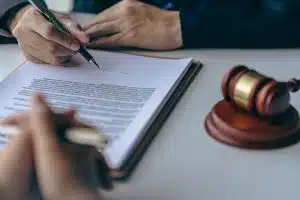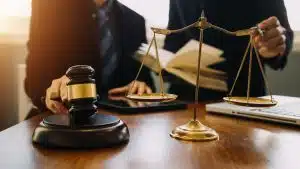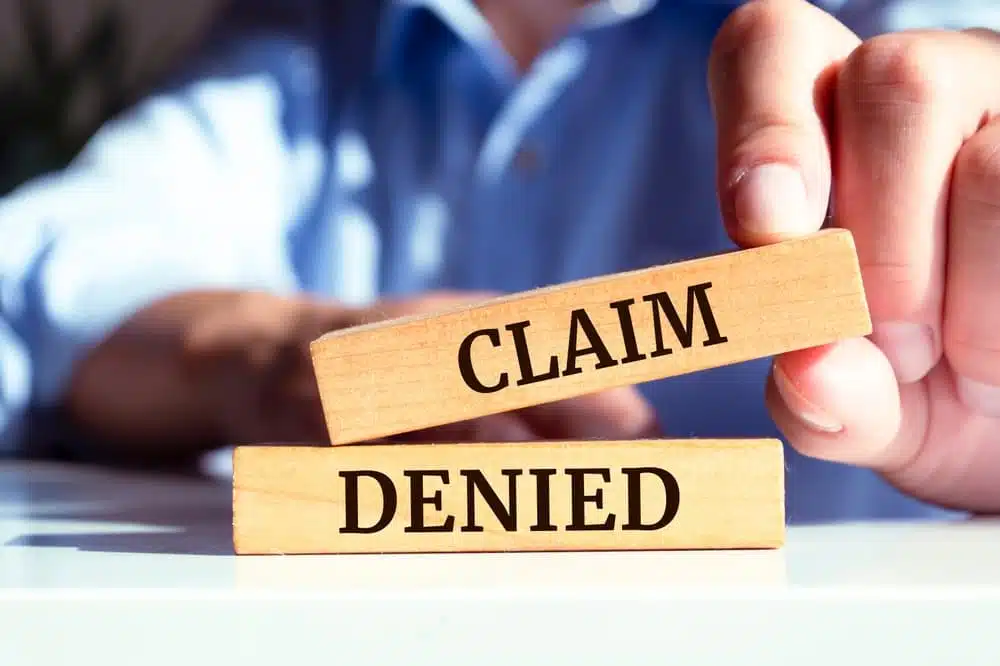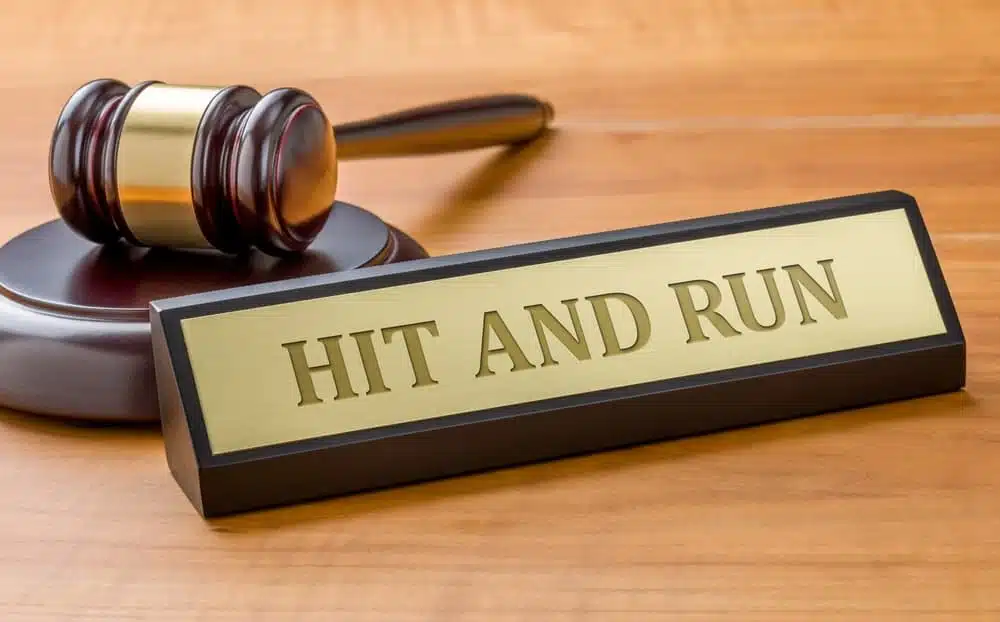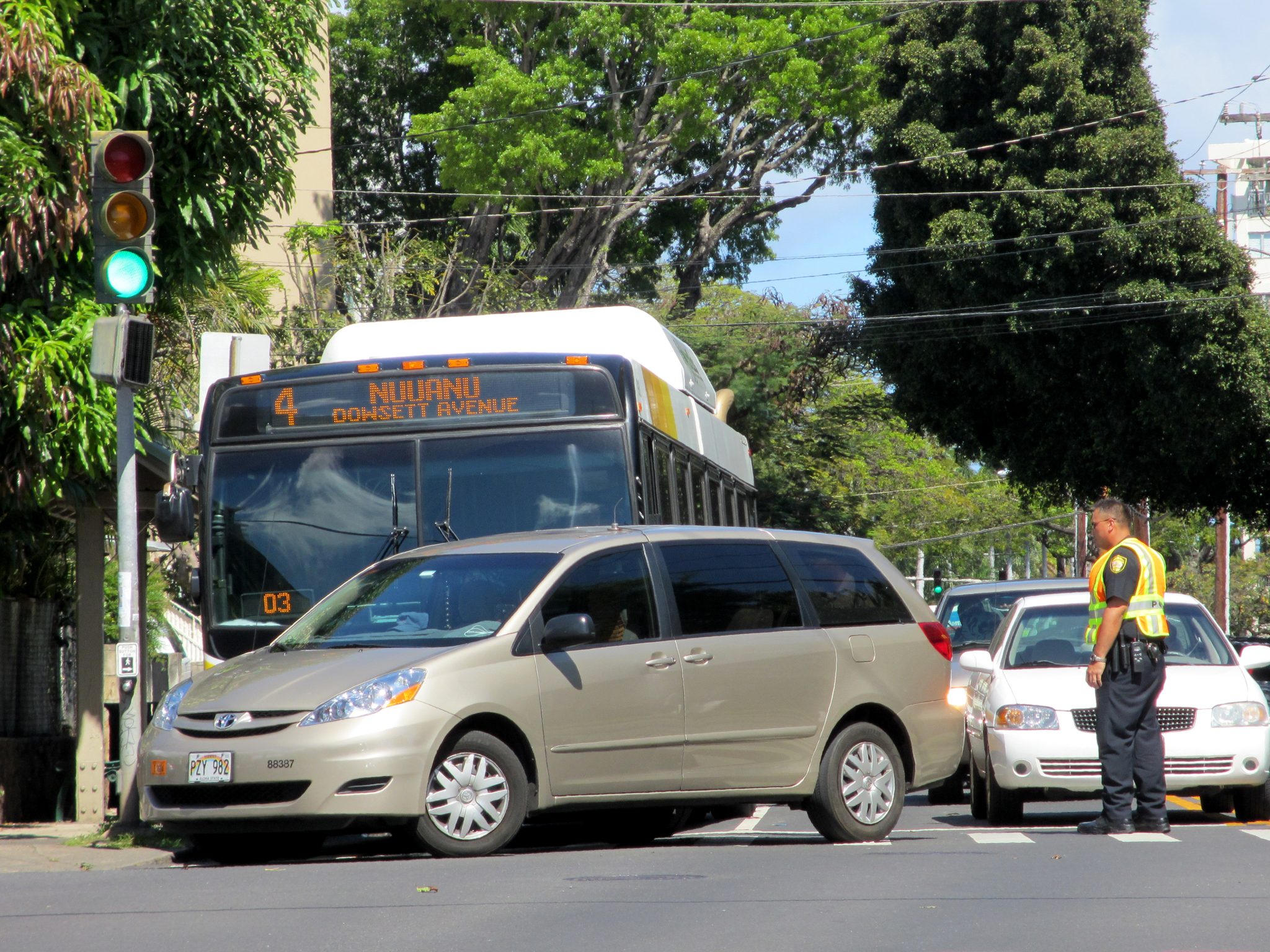
Intersections are among the most dangerous areas on our roads. Multiple vehicles converging from different directions, pedestrians crossing, and sometimes confusing traffic signals or signs create a high potential for accidents. According to the Federal Highway Administration, more than 50% of fatal and injury crashes occur at or near intersections.
This blog post will explore the common causes of intersection accidents, the types of injuries that can result, and, most importantly, the legal remedies available to victims. If you’ve been injured in an intersection accident in New York, New Jersey, or Philadelphia, understanding your rights and options is crucial for protecting your interests and securing the compensation you deserve. Consulting with experienced Philadelphia car accident lawyers can provide you with the guidance and support needed to navigate the legal process and ensure you receive fair compensation for your injuries and damages.
Table of Contents
- Common Causes of Intersection Accidents
- Types of Injuries in Intersection Accidents
- Legal Remedies for Intersection Accident Victims
- Legal Considerations and Challenges
- Contact Our Car Accident Lawyer to Discuss Your Legal Options
Common Causes of Intersection Accidents
Accidents can happen anywhere motor vehicles travel, but intersections pose certain risks for drivers:
- Running Red Lights or Stop Signs: Drivers who disregard traffic signals put everyone at risk. Whether due to distraction, impatience, or recklessness, running a red light or stop sign is a leading cause of severe intersection crashes.
- Distracted Driving: With the prevalence of smartphones and in-car entertainment systems, distracted driving has become a major problem. Taking your eyes off the road for even a few seconds while approaching an intersection can have disastrous consequences.
- Failure to Yield Right-of-Way: Many drivers either don’t understand or choose to ignore right-of-way rules at intersections. This can lead to conflicts between vehicles, cyclists, and pedestrians.
- Speeding: Excessive speed reduces a driver’s ability to react to changing conditions at an intersection. It also increases the severity of any collision that does occur.
- Left Turn Accidents: Left turns at intersections are particularly dangerous, as drivers must cross oncoming traffic lanes. Misjudging the speed or distance of oncoming vehicles is a common error.
- Improper Lane Changes: Some intersections have multiple lanes for different turning directions. Drivers who change lanes improperly or at the last moment can cause accidents.
- Drunk or Impaired Driving: Alcohol and drugs significantly impair a driver’s judgment, reaction time, and ability to navigate complex intersections safely.
- Weather Conditions: Rain, snow, or fog can reduce visibility and make road surfaces slippery, increasing the likelihood of intersection accidents.
- Poor Intersection Design or Maintenance: Sometimes, the design of an intersection itself contributes to accidents. Obstructed sight lines, confusing signage, or malfunctioning traffic signals can all play a role.
- Aggressive Driving: Impatient or aggressive drivers may try to beat yellow lights or cut off other vehicles, leading to collisions.
Types of Injuries in Intersection Accidents
Intersection accidents can result in a wide range of injuries, from minor bruises to life-altering trauma. Some common types of injuries include:
- Whiplash and Neck Injuries
- Traumatic Brain Injuries (TBI)
- Spinal Cord Injuries
- Broken Bones and Fractures
- Internal Organ Damage
- Cuts, Bruises, and Soft Tissue Injuries
- Burns (in cases involving vehicle fires)
- Psychological Trauma and PTSD
The severity of injuries often depends on factors such as the speed of the vehicles involved, the type of collision (e.g., head-on, T-bone, rear-end), and whether safety features like airbags deployed correctly.
Legal Remedies for Intersection Accident Victims
If you’ve been injured in an intersection accident, you may be entitled to various forms of compensation. The legal remedies available depend on the specific circumstances of your case, the severity of your injuries, and the laws of the state where the accident occurred. Here’s an overview of potential legal remedies:
Insurance Claims
The first step in seeking compensation is typically filing a claim with the at-fault driver’s insurance company. In states with no-fault insurance systems (like New York, New Jersey, and Pennsylvania), you may need to file a claim with your own insurance company first, regardless of who was at fault.
- Personal Injury Protection (PIP) Claims: In no-fault states, your own PIP coverage will pay for medical expenses and a portion of lost wages up to your policy limits, regardless of who caused the accident.
- Bodily Injury Liability Claims: If your injuries meet certain thresholds (which vary by state) or if you’re in a fault-based state, you can file a claim against the at-fault driver’s bodily injury liability coverage.
- Property Damage Claims: These claims cover damage to your vehicle and other property.
Personal Injury Lawsuits
You may be able to file a personal injury lawsuit for your injuries. This legal action allows you to seek compensation for a broader range of damages, including:
- Medical Expenses: Both current and future medical costs related to your injuries.
- Lost Wages/Income and Loss of Earning Capacity: Compensation for time missed from work and any reduction in your ability to earn income in the future.
- Pain and Suffering: Non-economic damages for physical pain and emotional distress.
- Loss of Enjoyment of Life: Compensation for how your injuries have impacted your ability to enjoy daily activities and hobbies.
- Loss of Consortium: In some cases, your spouse may be able to claim damages for the impact of your injuries on your marital relationship.
Wrongful Death Claims
If an intersection accident results in a fatality, the deceased person’s family members or estate may be able to file a wrongful death lawsuit. These claims can seek compensation for:
- Funeral and burial expenses
- Loss of financial support
- Loss of companionship and guidance
- The deceased’s pain and suffering before death
- Medical expenses incurred before death
Government Entity Claims
In some cases, an intersection accident may be partly or wholly caused by poor road design, inadequate signage, or malfunctioning traffic signals. If a government entity is responsible for these issues, you may have a claim against that entity. However, claims against government bodies often have special requirements and shorter deadlines, so it’s crucial to consult with an attorney promptly.
Product Liability Claims
If a defective vehicle part (such as faulty brakes or a malfunctioning airbag) contributed to the accident or your injuries, you may have a product liability claim against the manufacturer or distributor of that part. These claims can be based on design defects, manufacturing defects, or failure to warn about potential dangers.
Product liability claims often involve complex technical and legal issues, requiring expert testimony to establish the defect and its role in causing the accident or exacerbating injuries. If successful, these claims can result in significant compensation, as manufacturers are often held to a strict liability standard.
Dram Shop or Social Host Liability Claims
In cases where the at-fault driver was intoxicated, you may have additional claims against the establishment that served alcohol to the driver (dram shop liability) or the individual who provided alcohol at a private event (social host liability), depending on the laws of your state.
Legal Considerations and Challenges
Pursuing legal remedies after an intersection accident can be complex. Here are some key considerations and potential challenges:
Statute of Limitations
Each state has a statute of limitations that sets a deadline for filing a lawsuit. In Pennsylvania and New Jersey, the general statute of limitations for personal injury cases is two years from the date of the accident. In New York, it’s three years. However, there may be exceptions or shorter deadlines in certain circumstances, such as claims against government entities.
Comparative Negligence
Many states use comparative negligence rules, including New York, New Jersey, and Pennsylvania. This means that if you were partially at fault for the accident, your compensation may be reduced by your percentage of fault.
In New Jersey and Pennsylvania, you can recover damages as long as you are not more than 50% at fault. New York follows a pure comparative negligence rule, allowing recovery even if you were more than 50% at fault, but your damages will be reduced proportionately.
No-Fault Insurance Systems
New York, New Jersey, and Pennsylvania are no-fault insurance states. This means that for less severe injuries, you must first seek compensation from your own insurance company, regardless of who was at fault. To step outside the no-fault system and sue the at-fault driver directly, your injuries must meet certain thresholds defined by state law.
Multiple Liable Parties
Intersection accidents often involve multiple vehicles, which can complicate determining liability and seeking compensation. In some cases, you may need to file claims or lawsuits against multiple parties to recover your damages fully.
Evidence Gathering
Proving liability in an intersection accident often requires substantial evidence. This may include:
- Police reports
- Witness statements
- Traffic camera footage
- Accident reconstruction expert analysis
- Medical records
- Photographs of the accident scene and vehicle damage
Gathering and preserving this evidence promptly is crucial for building a strong case.
Insurance Company Tactics
Insurance companies are often focused on minimizing payouts. They may use various tactics to reduce or deny your claim, such as:
- Disputing the severity of your injuries
- Arguing that your injuries were pre-existing
- Claiming that you were at fault for the accident
- Pressuring you to accept a quick, low settlement
Having experienced legal representation can help protect you from these tactics and ensure your rights are upheld throughout the claims process.
Calculating Future Damages
In cases involving severe injuries, it’s important to accurately calculate not just current damages but also future expenses and losses. This may require input from medical experts, economists, and life care planners to project long-term medical needs, lost earning capacity, and other future impacts of your injuries.
How an Attorney Can Help
Navigating the legal aftermath of an intersection accident can be overwhelming, especially when you’re dealing with injuries and other disruptions to your life. An experienced car accident attorney can provide invaluable assistance in several ways:
- Case Evaluation: An attorney can assess the strength of your case and help you understand the full extent of compensation you may be entitled to.
- Evidence Gathering: Lawyers have the resources to collect and preserve crucial evidence, including working with accident reconstruction experts when necessary.
- Dealing with Insurance Companies: Your attorney can handle all communications with insurance companies, protecting you from potentially harmful statements and ensuring your rights are respected.
- Negotiation: Experienced attorneys are skilled negotiators who can work to secure a fair settlement that fully compensates you for your injuries and losses.
- Litigation: If a fair settlement cannot be reached, your attorney can file a lawsuit and represent you in court.
- Medical Liens and Bills: Lawyers can often negotiate with healthcare providers to reduce medical liens, potentially increasing your net recovery.
- Identifying All Liable Parties: An attorney can conduct a thorough investigation to identify all parties who may be liable for your injuries, ensuring that all potential sources of compensation are pursued.
- Calculating Damages: Lawyers work with experts to accurately calculate all current and future damages, including non-economic damages like pain and suffering.
- Navigating Legal Complexities: Personal injury law can be complex, with various statutes, regulations, and case law affecting your claim. An experienced attorney understands these intricacies and can navigate them effectively.
- Peace of Mind: Having a knowledgeable advocate can provide reassurance and allow you to focus on your recovery while your legal interests are protected.
Contact Our Car Accident Lawyer to Discuss Your Legal Options
Intersection accidents can have devastating consequences, leading to serious injuries, financial burdens, and significant disruptions to victims’ lives. While legal remedies are available to help compensate for these losses, pursuing them effectively requires a well-rounded understanding of the complex legal landscape.
If you’ve been injured in an intersection accident in New York, New Jersey, or Philadelphia, it’s crucial to understand your rights and options. The experienced personal injury attorneys at Rothenberg Law Firm, LLP have a deep understanding of the laws in these jurisdictions and a track record of successfully representing intersection accident victims.
Don’t let the complexities of the legal system prevent you from seeking the compensation you deserve. Contact Rothenberg Law Firm, LLP today at 800-624-8888 or through our online form for a free consultation. Our compassionate team will evaluate your case, explain your options, and fight tirelessly to protect your rights and secure the best possible outcome for your situation.
Remember, time is of the essence in personal injury cases. The sooner you seek legal advice, the better positioned you’ll be to build a strong case and pursue the full compensation you’re entitled to. Let us help you navigate this challenging time and work towards the justice and recovery you deserve.


